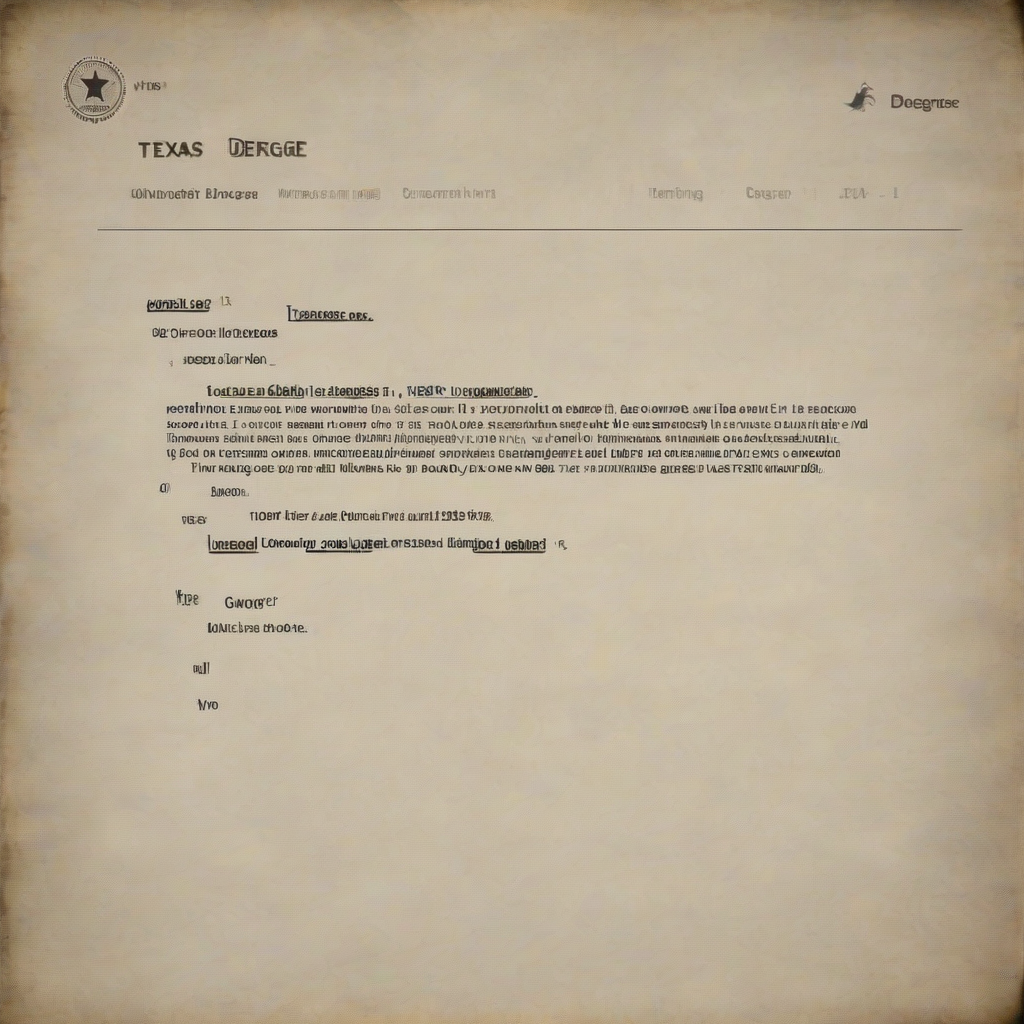Unlocking Creative Potential: A Comprehensive Guide to Online Art Degrees
The digital age has revolutionized education, making higher learning accessible to a broader audience than ever before. This is particularly true for the arts, where online art degrees are rapidly gaining popularity. This comprehensive guide explores the landscape of online art degrees, addressing key considerations for prospective students, outlining program types, discussing advantages and disadvantages, and offering advice for success.
Types of Online Art Degrees
The variety of online art degrees available is extensive, catering to diverse artistic interests and career aspirations. These programs typically fall under several broad categories:
- Associate Degrees in Art: These two-year programs provide a foundational understanding of art principles, techniques, and history. They often serve as a stepping stone to a bachelor’s degree or as a terminal credential for entry-level positions.
- Bachelor of Fine Arts (BFA): A four-year program, the BFA is a more intensive and specialized degree, focusing on developing a student’s artistic skills and creative voice. Online BFAs often require significant project-based work and may involve virtual critiques and feedback sessions.
- Bachelor of Arts (BA) in Art: Similar to the BFA, but with a broader scope, a BA in Art often integrates art history, art theory, and art criticism alongside studio practice. Online BA programs often offer more flexibility in course selection and may appeal to students with diverse academic interests.
- Master of Fine Arts (MFA): A graduate-level degree, the MFA is typically designed for students seeking advanced training and professional development in their chosen artistic field. Online MFA programs frequently incorporate online portfolio reviews, virtual studio visits, and collaborative projects.
- Specialized Art Degrees: Online programs are also available in specialized areas such as graphic design, animation, illustration, photography, digital art, game art, and more. These programs often integrate industry-relevant software and technologies into their curricula.
Advantages of Online Art Degrees
Pursuing an art degree online offers numerous advantages, making it a viable option for a wide range of students:
- Flexibility and Convenience: Online programs offer unparalleled flexibility, allowing students to study at their own pace and schedule. This is especially beneficial for students with other commitments, such as work or family responsibilities.
- Accessibility: Geographic location is no longer a barrier to accessing high-quality art education. Online programs open up opportunities to students in remote areas or those unable to relocate for traditional schooling.
- Affordability: Online programs can often be more affordable than their traditional counterparts, as they typically eliminate the costs associated with commuting, on-campus housing, and other campus-related expenses.
- Technological Proficiency: Online art programs often integrate the use of industry-standard software and technologies, providing students with valuable experience in digital art tools and workflows.
- Diverse Learning Environments: Online platforms can foster diverse learning communities, connecting students with peers and instructors from around the world.
Disadvantages of Online Art Degrees
While online art degrees offer many benefits, it’s important to acknowledge potential drawbacks:
- Lack of Hands-on Interaction: The absence of physical studio space and direct interaction with instructors and peers can limit certain aspects of the learning experience. This is particularly true for studio-based disciplines requiring extensive hands-on practice.
- Technical Requirements: Successful completion of an online art degree requires reliable internet access, appropriate computer hardware and software, and a comfortable workspace. Students need to ensure they have the necessary technological resources.
- Self-Discipline and Motivation: Online learning requires a high degree of self-discipline and motivation. Students need to be proactive in managing their time, staying organized, and seeking support when needed.
- Limited Networking Opportunities: While online platforms can facilitate some networking, they may not fully replicate the spontaneous interactions and relationships formed in traditional classroom settings.
- Credibility Concerns: While reputable online programs offer high-quality education, some potential employers may still harbor skepticism about online degrees. Choosing a well-established and accredited program is crucial to mitigate these concerns.
Choosing the Right Online Art Degree Program
Selecting the appropriate online art degree program requires careful consideration of several factors:
- Accreditation: Ensure the program is accredited by a recognized regional or national accrediting agency. Accreditation signifies that the program meets specific quality standards.
- Curriculum: Carefully review the program’s curriculum to ensure it aligns with your artistic interests and career goals. Look for programs that offer a balance of theoretical and practical coursework.
- Faculty: Research the faculty’s expertise and experience. Look for instructors with strong professional backgrounds and a commitment to student success.
- Technology and Resources: Assess the program’s technological infrastructure and resources, including software access, online learning platforms, and technical support.
- Student Support Services: Investigate the availability of student support services, such as academic advising, career counseling, and technical assistance. Strong student support can be crucial for online learners.
- Cost and Financial Aid: Compare the tuition fees and financial aid options of different programs to find the most affordable and financially accessible option.
- Portfolio Development: Determine whether the program includes opportunities for portfolio development and feedback. A strong portfolio is essential for showcasing your work to potential employers.
- Career Services: Explore the program’s career services, including job placement assistance, internship opportunities, and alumni networking events.
Tips for Success in Online Art Degrees
Successfully completing an online art degree requires dedication, organization, and effective time management. Here are some key tips:
- Create a Dedicated Workspace: Establish a designated workspace free from distractions to enhance focus and productivity.
- Develop a Study Schedule: Create a realistic study schedule and stick to it as much as possible. Consistency is key to staying on track.
- Engage Actively in Online Discussions: Participate actively in online forums and discussions to connect with peers and instructors.
- Seek Feedback Regularly: Request feedback on your work from instructors and peers to identify areas for improvement.
- Utilize Available Support Services: Take advantage of available support services, such as tutoring, academic advising, and technical assistance.
- Build a Strong Online Portfolio: Develop a professional online portfolio to showcase your best work to potential employers.
- Network with Professionals: Connect with professionals in your field through online platforms and professional organizations.
- Stay Organized: Maintain a well-organized system for managing assignments, deadlines, and project materials.
The Future of Online Art Degrees
The demand for online art degrees is expected to continue growing, driven by technological advancements, increasing accessibility, and the evolving needs of the creative industries. As technology improves and online learning platforms become increasingly sophisticated, online art degrees will likely become even more immersive and engaging. This evolution will provide even greater opportunities for aspiring artists to develop their skills and pursue their creative passions, regardless of their location or circumstances.




